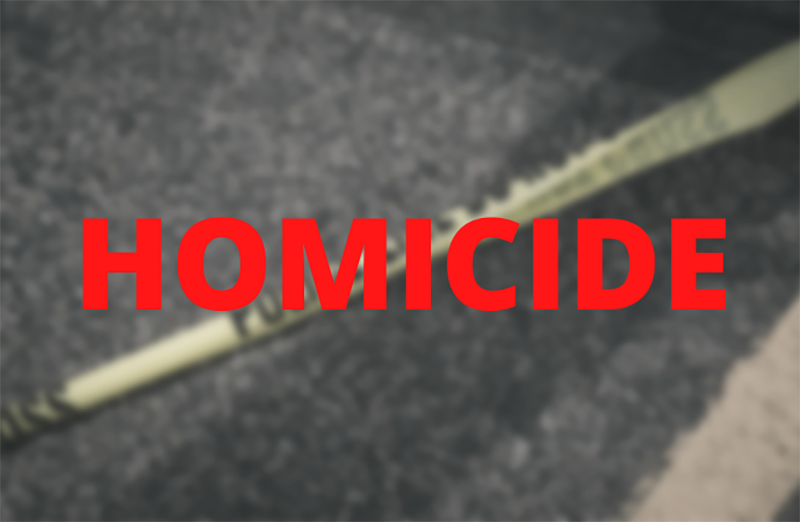
Thank you for reading D.C. Witness. Help us continue our mission into 2024.
Donate NowBy
Payton Anderson [former]
- April 18, 2024
Daily Stories
|
Homicides
|
Shooting
|
Suspects
|
Victims
|
A jury in DC Superior Court Judge Michael O’Keefe’s courtroom heard conflicting views of evidence said to identify the shooter in a 2021 homicide
Eric Davis, 60, is charged with first-degree murder while armed and possession of a firearm during a crime of violence for his alleged involvement in the murder of 41-year-old Theodore Riley on the 1600 block of Gales Street, SE on July 19, 2021.
During a previous hearing, a Metropolitan Police Officer (MPD) testified that the crime scene is known is a hang out for drug use and dealing. That could explain how Davis and Riley knew one another even though a specific motive has yet to be established for the killing.
In their opening on April 17, the prosecutions said Riley and Davis were walking together when they entered an alley in the neighborhood.
“Less than 30 seconds after he [Riley] went into the alley, he was shot in the temple from three feet away,” the prosecution said. “The defendant then left the body in the alley surrounded by discarded trash.”
Using the surveillance footage from several nearby locations, the prosecution said the video shows both Riley and Davis entering the alley together. However, only Davis is seen leaving.
“You don’t see anyone enter or leave the alley, except the defendant,” the prosecution said.
The prosecution detailed how the surveillance footage also shows an individual identified as Davis covering his face with a wool mask and changing into a long-sleeved shirt before entering the alley. The prosecution noted the warm weather on the day of the incident.
“The defendant.. is the one who took the extra steps to change his appearance,” said the prosecutor.
However, Davis’ defense attorney, Howard McEachern, saw the facts differently.
“The prosecution’s lack of a case is pretty clear,” McEachern said. “You’re not going to hear about video evidence of a shooting and you’re not going to hear about a weapon connected to Davis by DNA evidence.”
McEachern concluded that there is not enough “hard evidence” in this case to find any other verdict but not guilty.
“You are left with an incomplete investigation by police and an incomplete case,” McEachern said.
The prosecution later called a Metropolitan Police Department officer who was responding to a call reporting gunshot sounds in the area. He said he was approached by an individual from the neighborhood who had noticed a body in the alleyway.
“There was a man lying face down in the alley,” the officer said. “So I acted to preserve the crime scene right away.”
During cross-examination, the defense mentioned the possibility of someone leaving the alley and exiting through someone’s backyard so as not to be seen on camera.
“Parallel to the alley is 16th Street, NW,” McEachern said. “As you’re walking down that alley, you’re seeing those backyards. So, instead of there only being one way to exit the alleyway, all of a sudden there are multiple.”
The officer said this was possible but not likely because those homes are “blocked off” by fences.
The prosecution also called a forensic scientist to testify about the lack of DNA evidence found on a napkin that was collected from the scene.
The specialist said, although no DNA found on the napkin, this does not mean that Davis and Riley were not present at the scene.
“I only was able to test a small part of the napkin,” the specialist said.
Riley’s wife also testified at the hearing and she was asked to remember what she could about the morning of the incident.
“He told me he loved me and that he would see me again that evening,” the witness said.
Parties are slated to return on April 18.
Follow this case